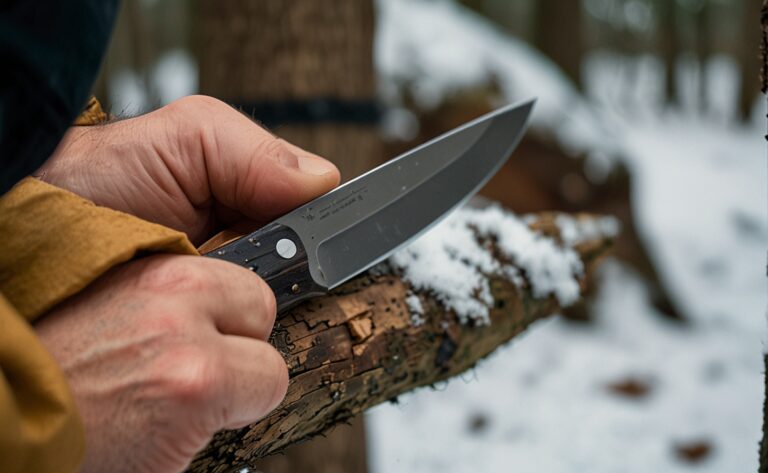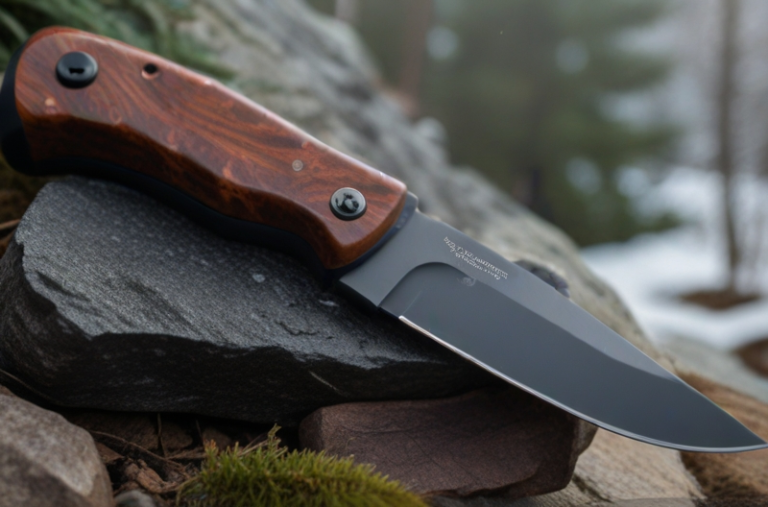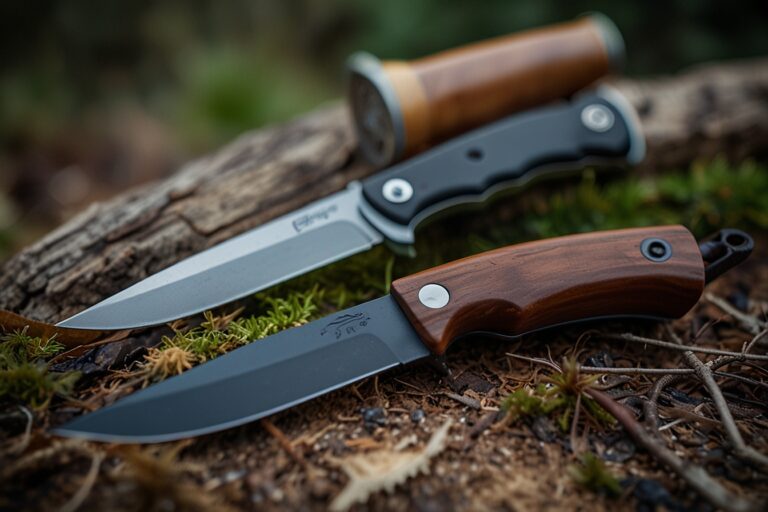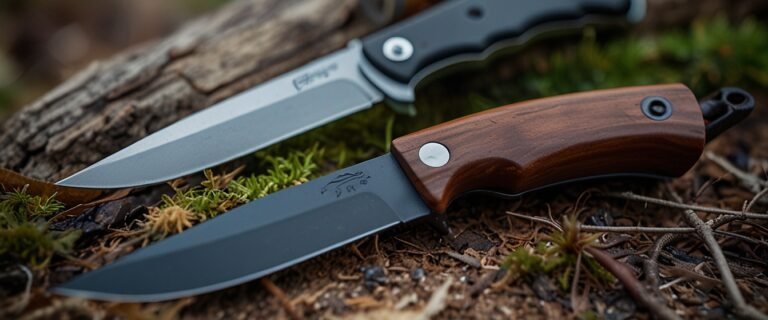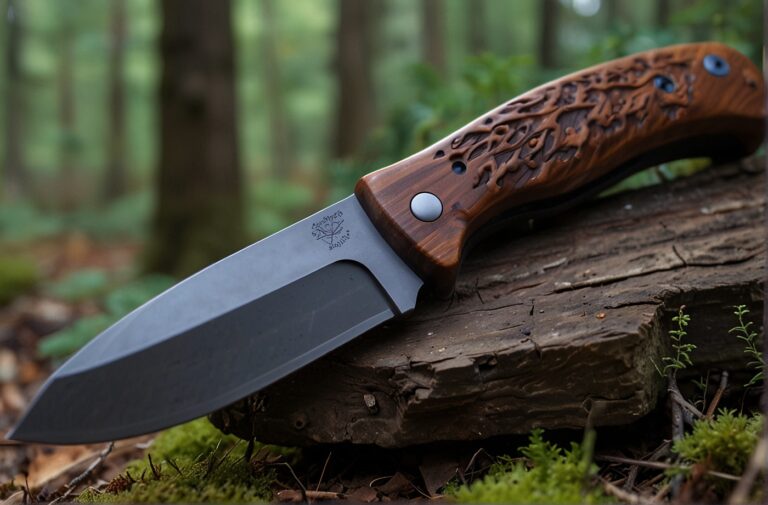Types of steel used in knifemaking
When it comes to crafting knives, selecting the right steel is crucial. Different types of steel offer varying characteristics that affect a knife’s performance, durability, and maintenance requirements. Let’s explore some of the most common types of steel used in knife making:
- Carbon Steel: Known for its hardness and ability to hold a sharp edge, carbon steel is a popular choice among knife makers. It’s relatively easy to sharpen and offers excellent edge retention. However, carbon steel is prone to rust and corrosion if not properly maintained. Examples include 1095, O1, and W2.
- Stainless Steel: Stainless steel is resistant to corrosion and rust, making it ideal for knives used in wet or humid environments. It typically contains chromium, which forms a protective oxide layer on the surface of the blade. While stainless steel is easier to maintain than carbon steel, it may be more difficult to sharpen, and it tends to have lower edge retention. Examples include 440C, VG-10, and AUS-8.
- Tool Steel: Tool steels are specifically designed for applications requiring high durability and wear resistance. They often contain additional alloying elements such as vanadium, tungsten, or molybdenum to enhance their properties. Tool steels are commonly used in knife making for their toughness and ability to withstand heavy use. Examples include D2, A2, and CPM-3V.
- Damascus Steel: Damascus steel is renowned for its distinctive wavy pattern created through a process of layering and forge welding different types of steel. While historically used in sword making, modern Damascus steel is popular in knife making for its aesthetic appeal and potential for superior performance. Damascus steel knives often exhibit a combination of hardness, flexibility, and edge retention.
- Powdered Steel (PM Steel): Powdered metallurgy steel is produced using a process that involves finely ground particles of steel alloys being compacted under high pressure and then heated to fuse the particles together. This results in a steel with very fine grain structure and uniform composition, leading to enhanced strength, toughness, and wear resistance. Examples include CPM-S30V, CPM-154, and CPM-S35VN.
- High-Speed Steel (HSS): High-speed steel is designed to withstand high temperatures and maintain hardness even at elevated temperatures, making it suitable for applications such as cutting tools and drills. While not as common in knife making compared to other types of steel, HSS knives offer excellent edge retention and are well-suited for demanding cutting tasks.
- Ceramic Steel: Ceramic knives are made from zirconium dioxide, a material that is extremely hard and resistant to wear. Ceramic blades offer exceptional sharpness and retain their edge for a long time. However, they are brittle and prone to chipping or breaking if subjected to impact or lateral forces.
In conclusion, selecting the right steel for a knife depends on various factors such as intended use, environment, maintenance preferences, and personal preferences regarding edge retention, sharpening ease, and aesthetics. Each type of steel has its own advantages and limitations, so it’s essential to consider these factors carefully when choosing the material for a knife. Ultimately, the best steel for a knife is the one that meets the specific needs and preferences of the user.


